Nature has a remarkable way of reclaiming what humans build, slowly erasing our
footprints from the landscape. Beneath serene forests and peaceful valleys lie the
remnants of ambitious projects and forgotten infrastructure, gradually disappearing
as vegetation and geology work their patient magic.
These hidden structures tell fascinating stories of human ambition meeting nature’s persistent power. Here are 20 remarkable natural landmarks concealing man-made secrets beneath their wild exterior.
Cenote Angelita, Mexico
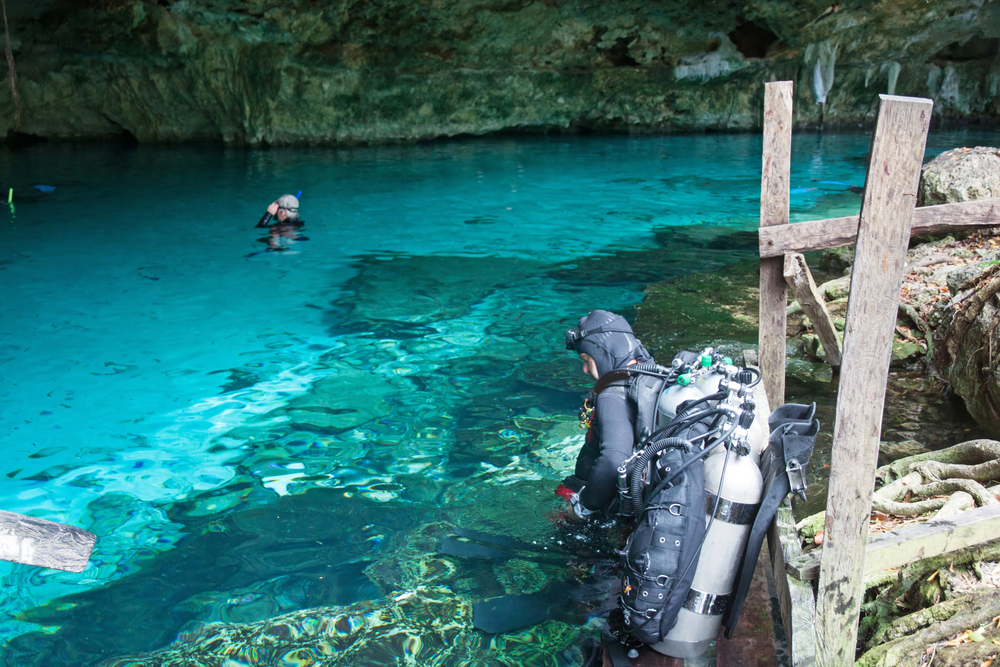
Beneath this seemingly typical Yucatan cenote lies a submerged ancient Maya road,
now covered by an eerie underwater river of hydrogen sulfide. The natural limestone
sinkhole drops 100 feet before revealing its mysterious human-made elements,
creating a surreal underwater landscape.
Twisted tree branches and ancient stonework create ghostly silhouettes in the naturally filtered light. The site demonstrates how geological processes can preserve ancient infrastructure while making it almost invisible from the surface.
Valley of Mills, Italy
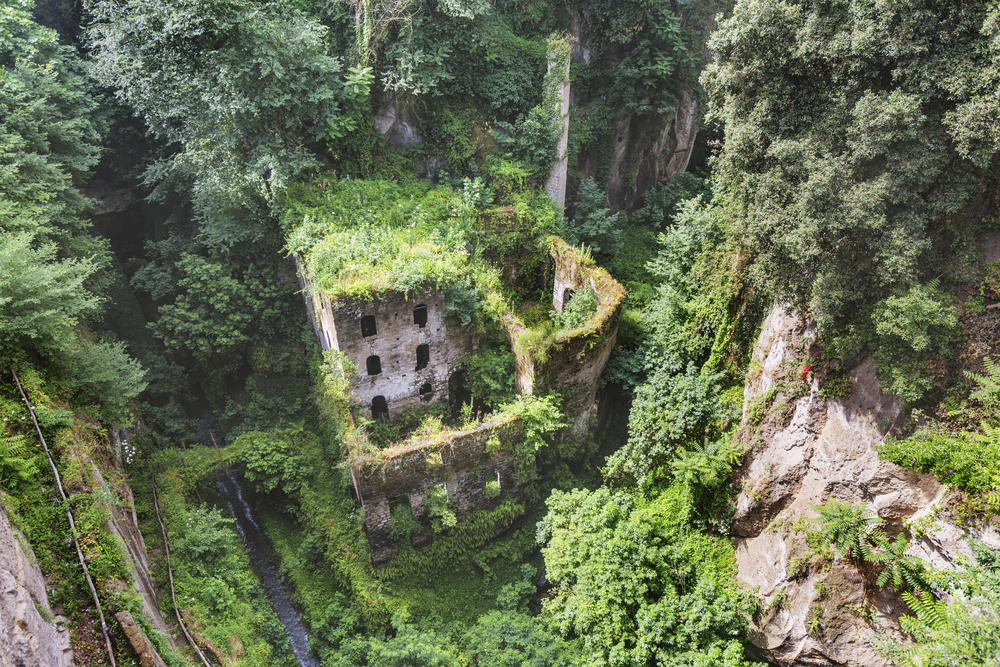
Deep within Sorrento’s peaceful valley lie the ruins of ancient flour mills, nearly
invisible beneath thick vegetation and natural rock formations. The mills, abandoned
in the 1940s, are slowly disappearing under blankets of ferns and moisture-loving
plants thriving in the unique microclimate.
Natural erosion continues to shape both the valley walls and the deteriorating mill structures, creating a fascinating blend of industrial and geological features. The deep valley’s natural protection has preserved these structures while simultaneously hiding them from casual observation.
Like Travel Pug’s content? Follow us on MSN.
Ha Ha Tonka Natural Bridge, Missouri
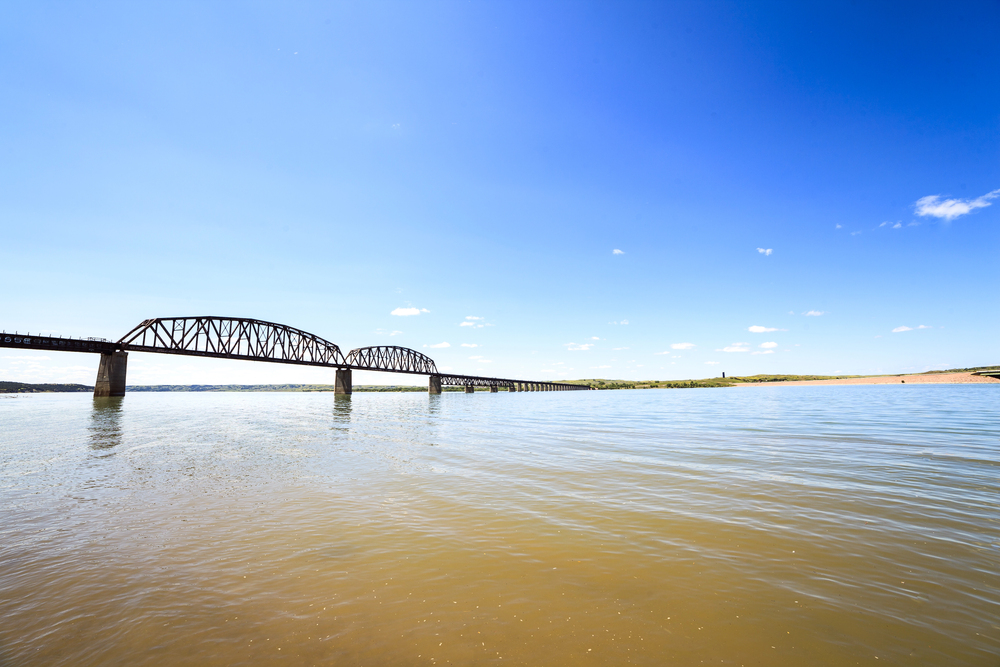
This massive natural limestone bridge conceals the remains of a once-ambitious
water power project from the early 1900s. The failed infrastructure now lies hidden
beneath moss and native vegetation while the bridge itself continues its geological
evolution.
Water still flows through both natural and man-made channels beneath the
structure, creating unusual erosion patterns. The site demonstrates how quickly
nature can erase industrial ambitions while preserving their ghost-like outlines.
Devil’s Slide Bunkers, California
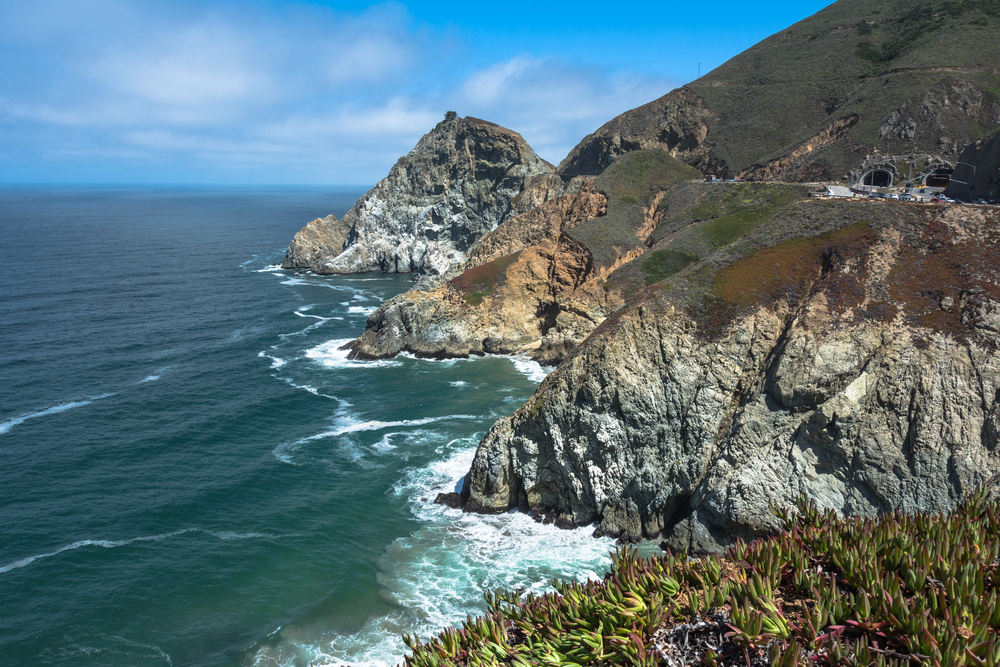
These World War II military installations appear to grow naturally from the rocky
coastline, their concrete surfaces weathered to match the surrounding stone. Native
plants have colonized the bunker roofs and gun emplacements, making them nearly
invisible against the dramatic coastal landscape.
The structures have become important habitats for local wildlife while slowly deteriorating into forms that mimic natural rock formations. Their location offers stunning views while hiding their military origins behind a veil of coastal vegetation.
Kolmanskop Diamond Mine, Namibia
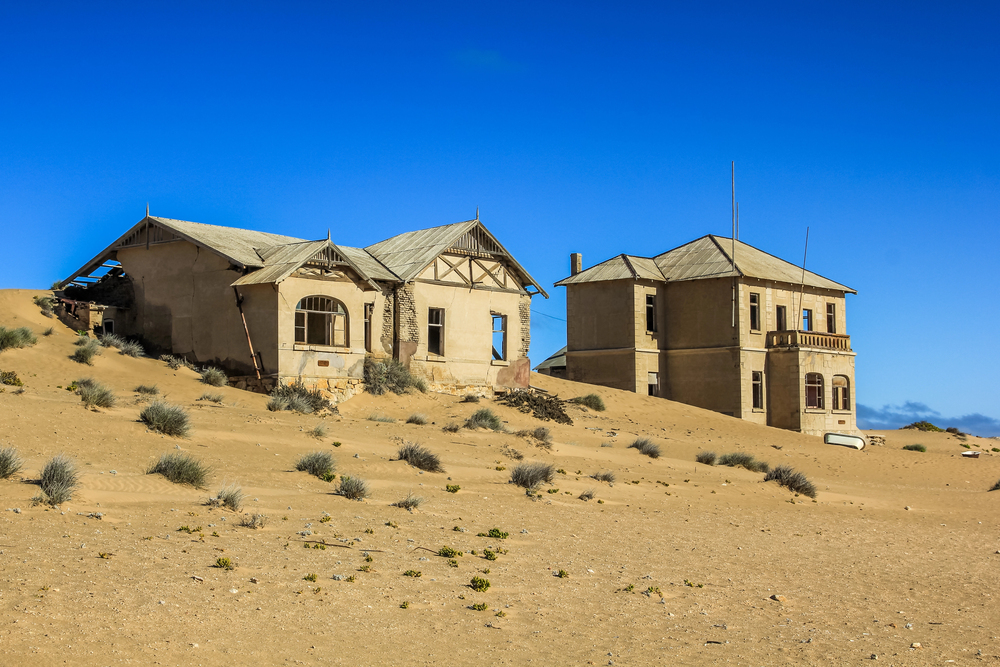
The Namib Desert slowly swallows this abandoned mining town, creating surreal
landscapes where dunes flow through German colonial architecture. Natural sand
movement continues to reshape the site daily, alternately revealing and concealing
different portions of the infrastructure.
The harsh desert environment preserves wooden structures that would quickly decay in other climates, creating a unique museum of human ambition. The site demonstrates how desert ecosystems can simultaneously preserve and hide human structures.
Like Travel Pug’s content? Follow us on MSN.
Wrangel Island Weather Station, Russia

Arctic tundra vegetation gradually engulfs this abandoned Soviet research station,
creating an eerie blend of scientific infrastructure and wild landscape. Polar bears
now use the deteriorating buildings as shelter, while Arctic flowers bloom through
cracks in concrete foundations.
The harsh climate both preserves metal structures and speeds their integration into the natural environment. The site offers insights into how Arctic ecosystems reclaim human-made spaces.
Lost Gardens of Heligan, England
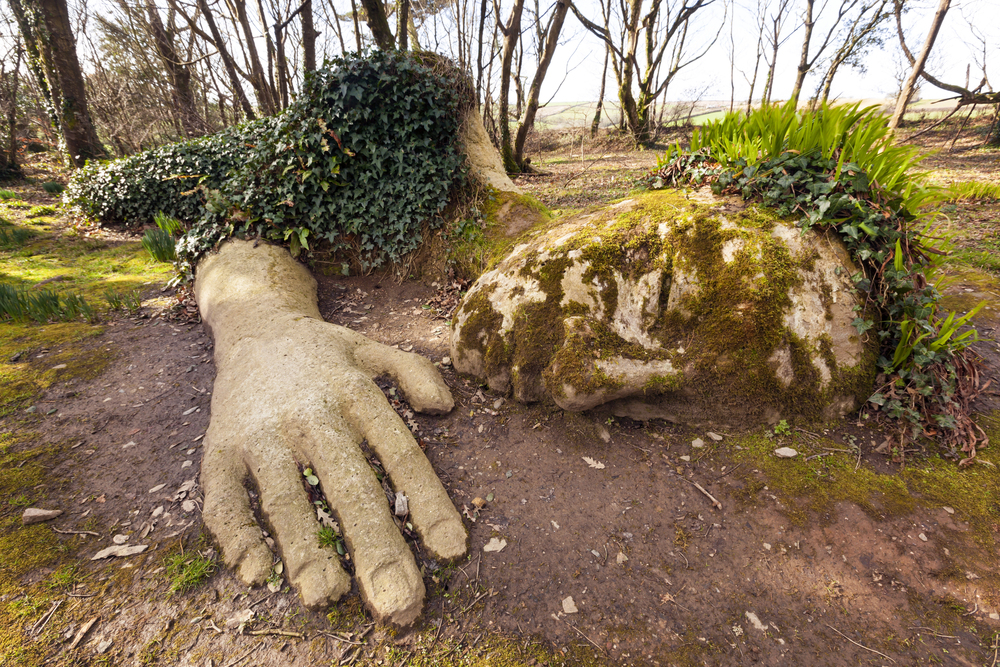
Ancient garden structures lie hidden beneath centuries of natural forest growth,
creating a mysterious landscape of human design meeting wild nature. Victorian-era
greenhouses and garden features peek through thick vegetation, their original
purposes sometimes unclear.
Natural succession has created new ecosystems within and around the old structures, preserving them while changing their function. The site demonstrates how quickly managed landscapes can return to wilderness when human maintenance stops.
Bannerman’s Island Arsenal, New York

The Hudson River’s natural island fortress conceals a crumbling military surplus
warehouse behind walls of native vegetation. Trees grow from the castle-like
structure’s walls, their roots both destroying and preserving different portions of the
architecture.
Natural weathering continues to reshape the buildings into forms that increasingly resemble the island’s natural rock formations. The site shows how river ecosystems can transform industrial structures into natural-appearing features.
Like Travel Pug’s content? Follow us on MSN.
Wonderland Amusement Park, China
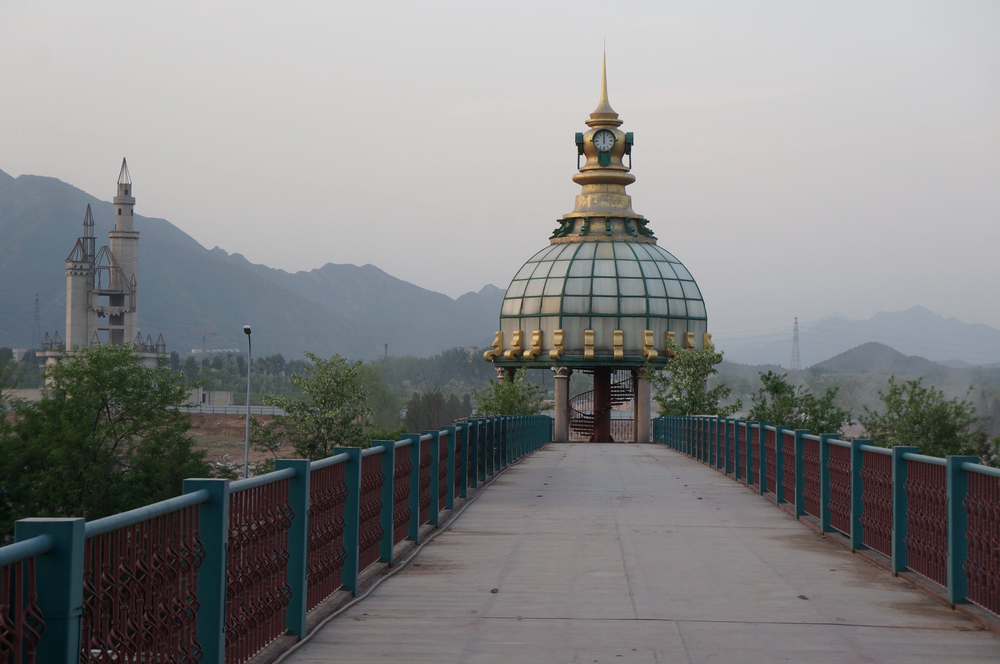
Nature rapidly reclaims this abandoned theme park construction site, transforming
partially built fantasy castles into haunting ruins hidden by vegetation. Local plant
species create new ecosystems within the unfinished structures, blurring the line
between artificial and natural.
The site’s location in a natural valley helps conceal it while accelerating its return to the wilderness. Seasonal changes create constantly evolving scenes as nature continues its transformation of the site.
Hashima Island, Japan
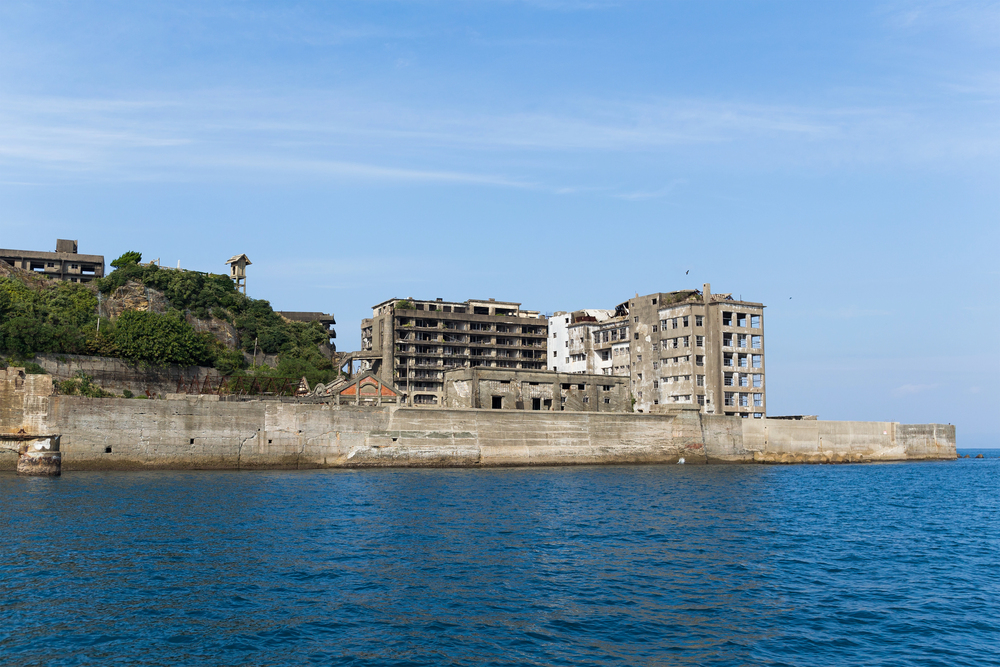
Natural coastal processes slowly erode this abandoned mining island, its concrete
structures increasingly resembling the natural rock formations that surround them.
Marine vegetation colonizes the lower levels of buildings, creating new ecosystems
where industry once dominated.
The harsh marine environment simultaneously destroys and preserves different aspects of the infrastructure, creating unique hybrid landscapes. The site demonstrates how marine ecosystems transform industrial structures.
Paronella Park, Australia
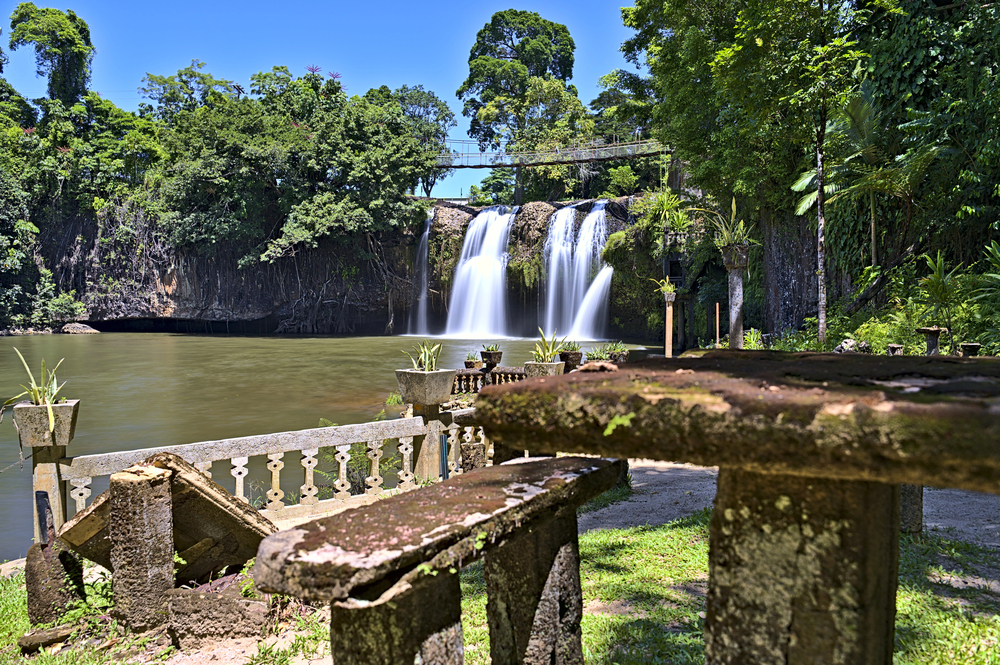
Queensland rainforest engulfs this abandoned Spanish castle, creating a magical
landscape where human ambition meets tropical nature. The castle’s concrete
structures now serve as growing surfaces for native plants, creating living walls of
vegetation.
Natural waterfalls flow through and around the building remains, accelerating their transformation while preserving their basic forms. The site shows how quickly tropical ecosystems can transform European-style architecture.
Like Travel Pug’s content? Follow us on MSN.
Salto Hotel, Colombia
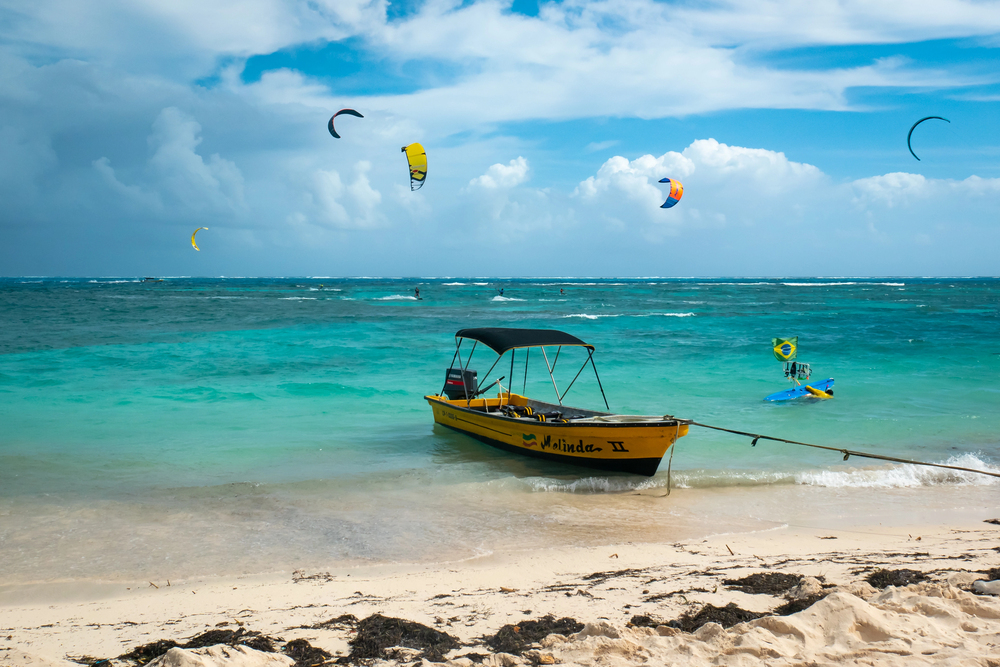
A dramatic natural waterfall slowly dissolves this abandoned luxury hotel, creating a
haunting blend of architecture and geological power. The building’s location directly
beside the falls speeds its transformation while making it appear almost natural from
certain angles.
Local plant species create hanging gardens on the hotel’s walls, further blurring the line between built and natural environments. The site demonstrates the power of water to reshape human structures.
Marble Canyon Bridge, Arizona
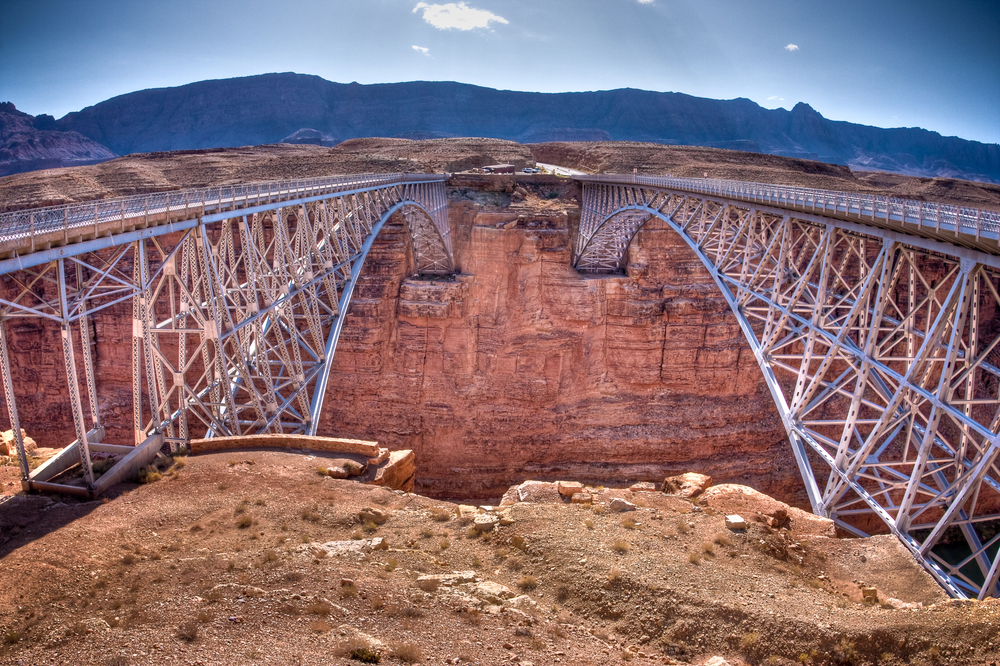
Ancient engineering lies hidden beneath desert varnish and natural weathering on
this early canyon crossing. Native desert plants grow from cracks in the original
stonework, making it increasingly difficult to distinguish from natural rock formations.
The harsh desert environment preserves certain aspects of the structure while
completely transforming others. The site shows how desert ecosystems can
preserve human structures while making them nearly invisible.
Crowhurst Yew Church, England
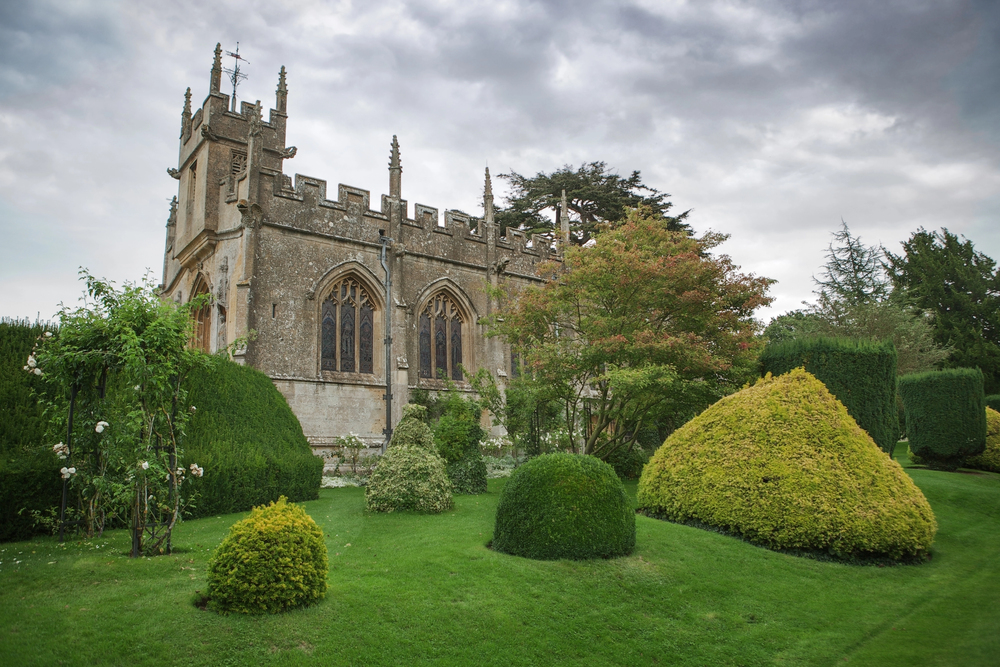
An ancient yew tree slowly engulfs portions of this medieval church, creating an
unusual blend of natural and religious architecture. The tree’s growth patterns have
incorporated church stones into its trunk, making it impossible to separate natural
from human-made elements.
Local lichens and mosses further blur the distinction between living tree and stone building. The site demonstrates how very slow natural processes can transform human structures.
Like Travel Pug’s content? Follow us on MSN.
Bodiam Castle Quarry, England
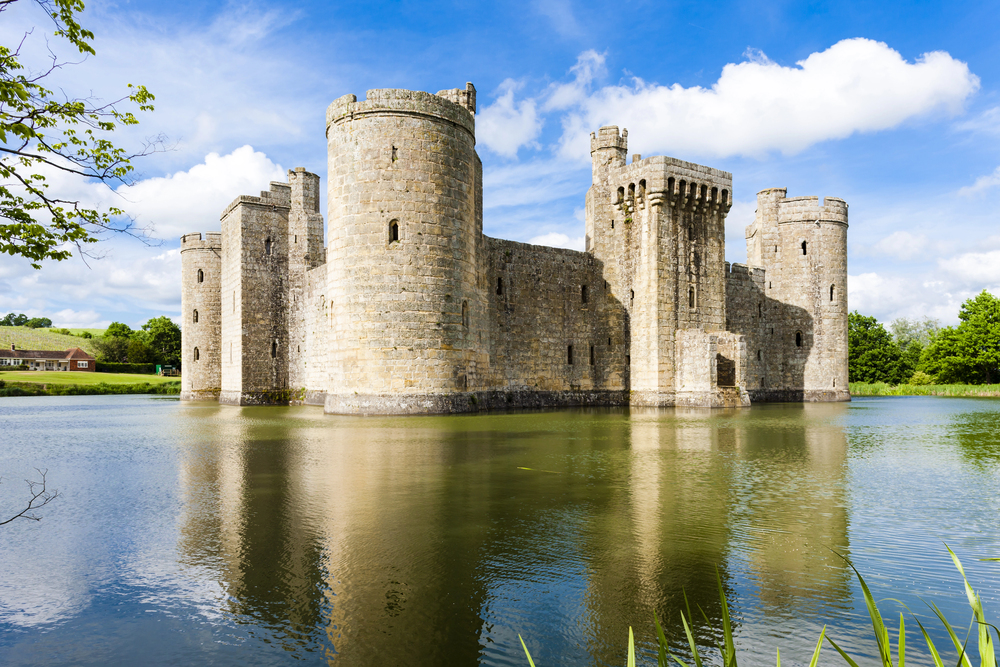
Natural woodland hides the medieval quarry that supplied stone for this famous
castle, creating a peaceful landscape that conceals its industrial past. Ancient tool
marks remain visible on rock faces, though increasingly hidden by moss and ferns.
The quarry’s flooding has created new wetland habitats while preserving evidence of
medieval stone working. The site shows how natural processes can preserve
industrial heritage while hiding it from casual observation.
Gosport Submarine Pens, England
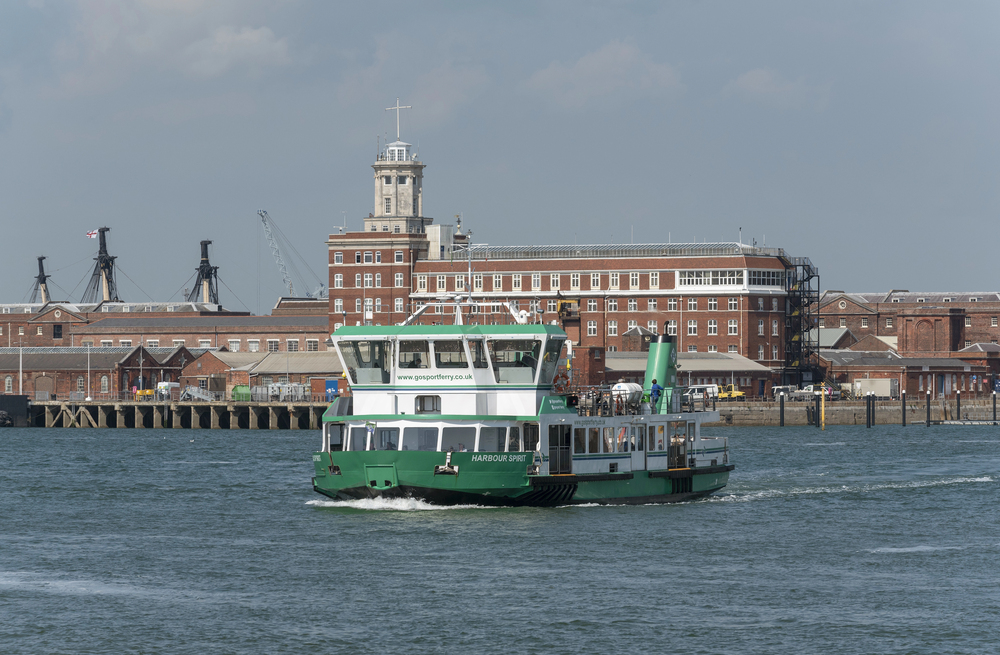
Coastal vegetation conceals these massive World War II submarine shelters, making
them almost invisible from certain angles despite their size. Natural weathering has
caused the concrete to match surrounding rock formations, while marine organisms
create living walls on the structures.
The harsh coastal environment continues to reshape the buildings while preserving their basic forms. The site demonstrates how coastal ecosystems can camouflage even very large structures.
Silo City, New York
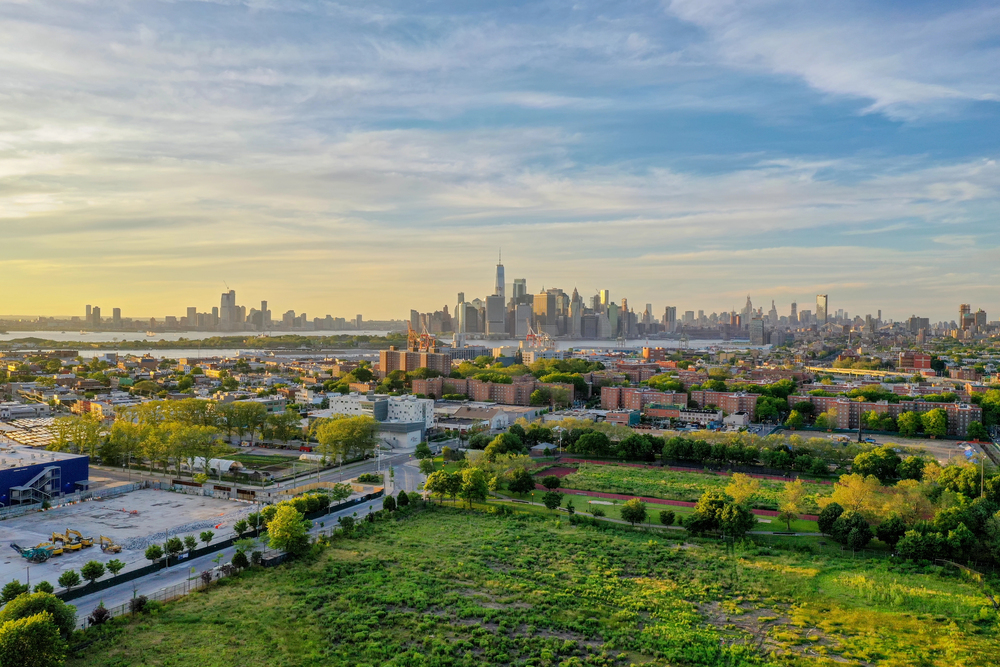
Natural succession transforms these abandoned grain elevators into vertical
ecosystems, their concrete surfaces hosting diverse plant and animal life. Trees
grow from seemingly impossible locations in massive structures, creating unusual
combinations of industrial and natural forms.
The site’s location along the Buffalo River speeds its transformation while preserving its industrial heritage. Each season brings new changes as nature continues to reclaim these industrial giants.
Like Travel Pug’s content? Follow us on MSN.
Nan Madol Quarry, Micronesia
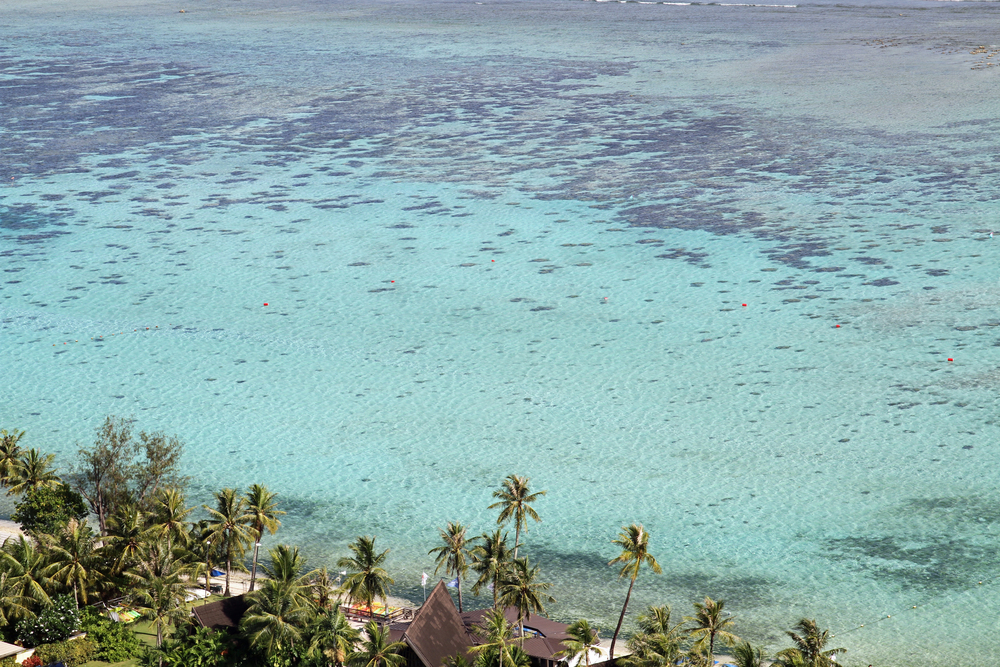
Tropical vegetation hides the ancient quarry that supplied massive stones for this
mysterious city, making it almost invisible without a guide. Natural weathering makes
tool marks increasingly difficult to distinguish from natural rock formations.
The site’s location in a remote jungle has preserved evidence of ancient engineering while making it extremely difficult to study. The quarry demonstrates how tropical
ecosystems can hide even major engineering achievements.
Rummu Prison Quarry, Estonia

Natural spring water floods this abandoned Soviet prison quarry, creating a surreal
underwater landscape of industrial ruins and natural features. The clear water
preserves prison structures while making them appear almost natural through
distortion and aquatic growth.
Local plant species create new ecosystems around and within the flooded buildings, further blurring the line between natural and artificial. The site shows how water can transform human structures into seemingly natural features.
Tikal Quarries, Guatemala
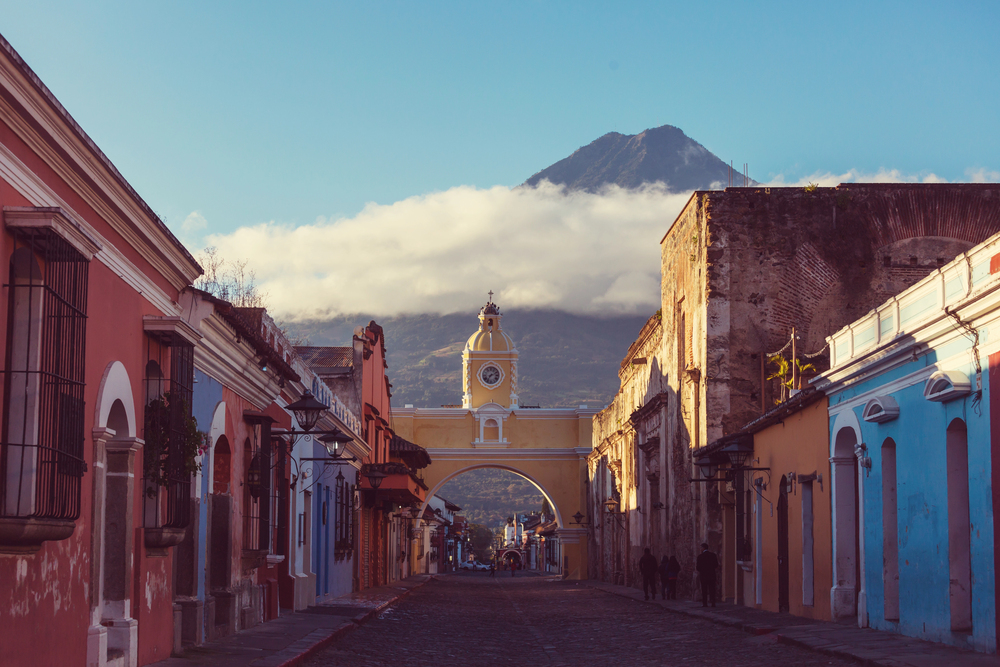
Dense rainforest conceals the massive ancient quarries that supplied stone for this
Maya metropolis, making them nearly impossible to spot without expertise. Natural
erosion continues to reshape quarry faces, making them increasingly difficult to
distinguish from natural cliffs.
The jungle environment preserves tool marks while hiding them beneath layers of vegetation and natural debris. The site demonstrates how rainforest ecosystems can hide even major archaeological features.
Like Travel Pug’s content? Follow us on MSN.
Nature’s Patient Power
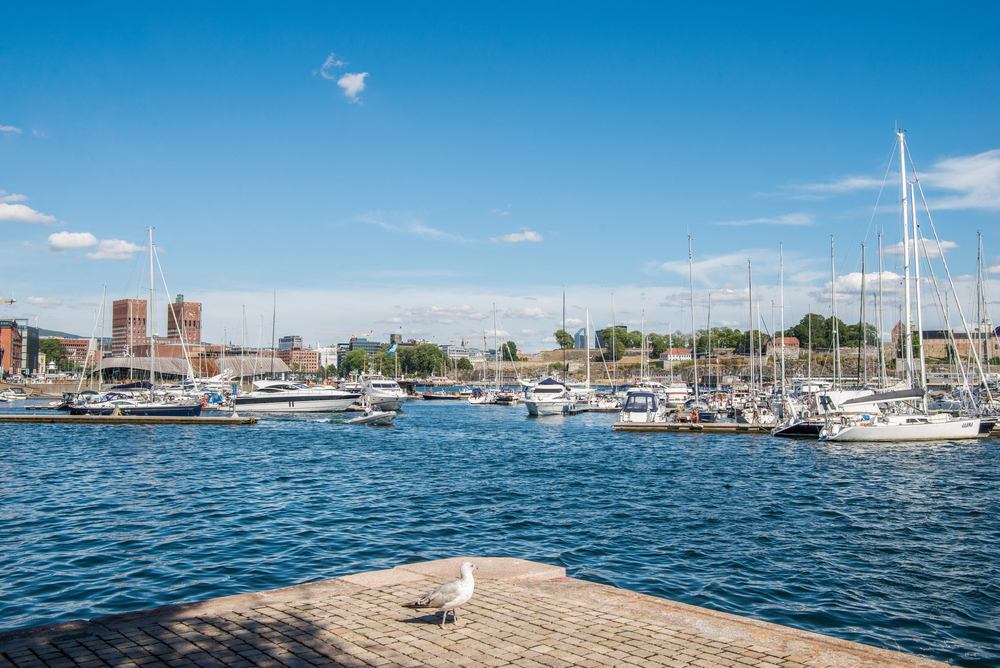
These hidden structures remind us that the line between natural and artificial
landscapes is often more fluid than we imagine. As nature slowly reclaims human
constructions, it creates new forms that are neither purely natural nor purely artificial.
These hybrid landscapes tell important stories about human ambition and nature’s
persistent power to transform our works. While some might see these
transformations as decay, they also represent nature’s remarkable ability to heal and
create new forms of beauty from human ambition.
More from Travel Pug

- 15 Dangerous European Cities to Avoid
- 15 Caribbean Islands Where Tourists Keep Getting Scammed
- The 20 Most Fascinating Abandoned Places: A Journey Through Time and Forgotten Spaces
- 15 Hidden Places in the Smithsonian Museums Locals Love: A Guide to Lesser-Known Treasures
- 16 Hidden Florida Beach Towns That Aren’t Overrun with Tourists
Like Travel Pug’s content? Follow us on MSN.
